Warhol, Picabia, and Miró Embrace the Art of Kissing in a New Show
Renowned Italian curator Francesco Bonami showcases tongue-in-cheek works by Andy Warhol, Ed Ruscha, Joan Miró, Marina Abramović, and more
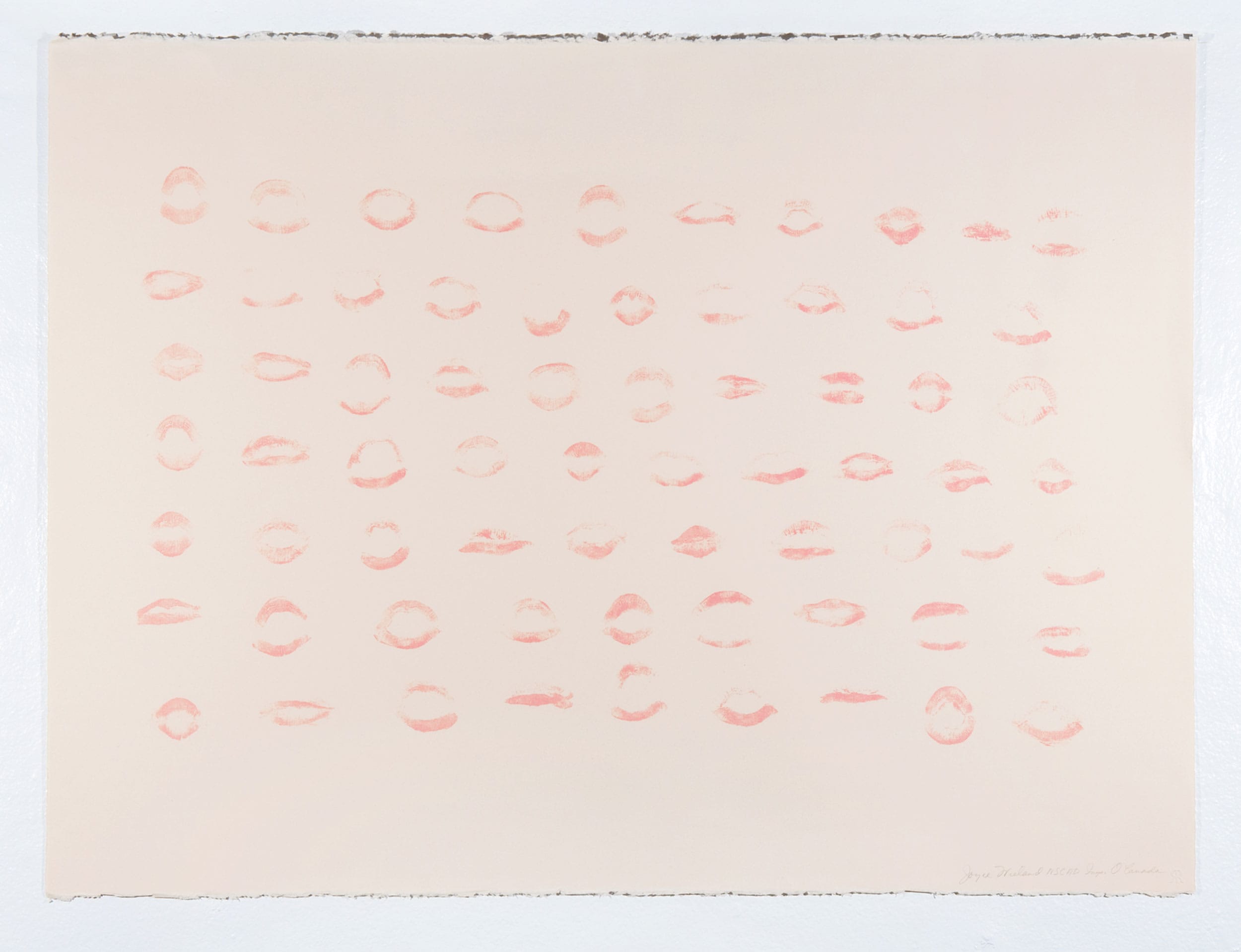
A kiss is never really just a kiss, as proved by a group exhibition organized by renowned Italian curator Francesco Bonami at Luxemborg & Dayan in New York. Titled “Kiss Off,” the gallery show kicks off with Joyce Wieland’s 1970 lithograph O Canada, a grid of rouge-lipped kisses pressed onto a plate while uttering the lyrics of the Canadian national anthem. Wieland’s utilization of unabashed femininity against a token of patriotic rhetoric is an excellent example of feminist art practices from the time, when artists embraced vernacular elements from womanhood against patriarchal order.
Vito Acconci’s lithograph Kiss Off, on the other hand, balances the conversation with a poignant statement on autonomy, self-governance, and corporeality. One year after Wieland’s work, Acconci created the exhibition’s titular work by kissing parts of his own body in lipstick at the same print studio: Nova Scotia College of Art and Design. Later, he smeared and rubbed these lipstick stains on a lithography stone that became a stamp of his very own self. With these two unconventional types of kisses, the exhibition confirms its comprehensive approach to one of the most innate acts of human nature.
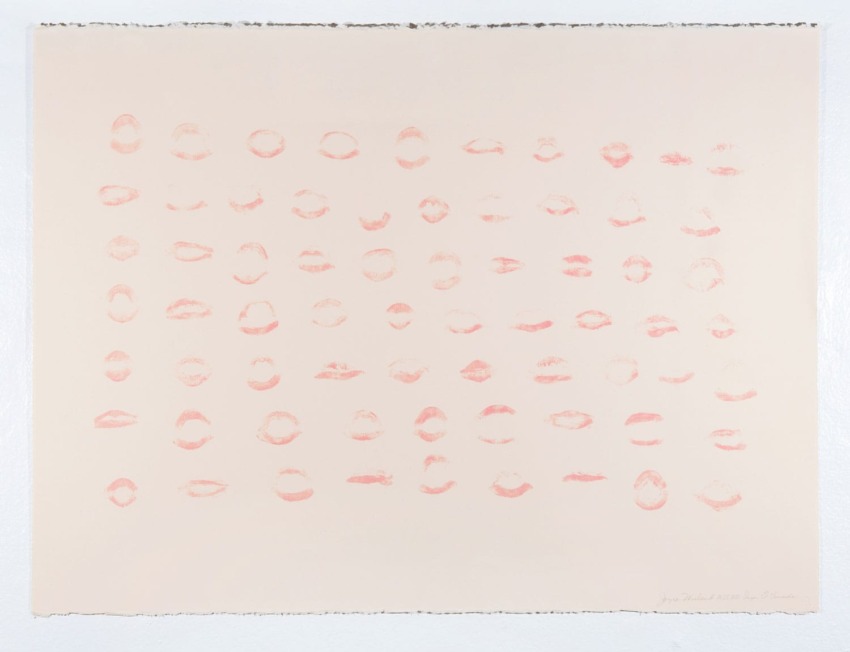
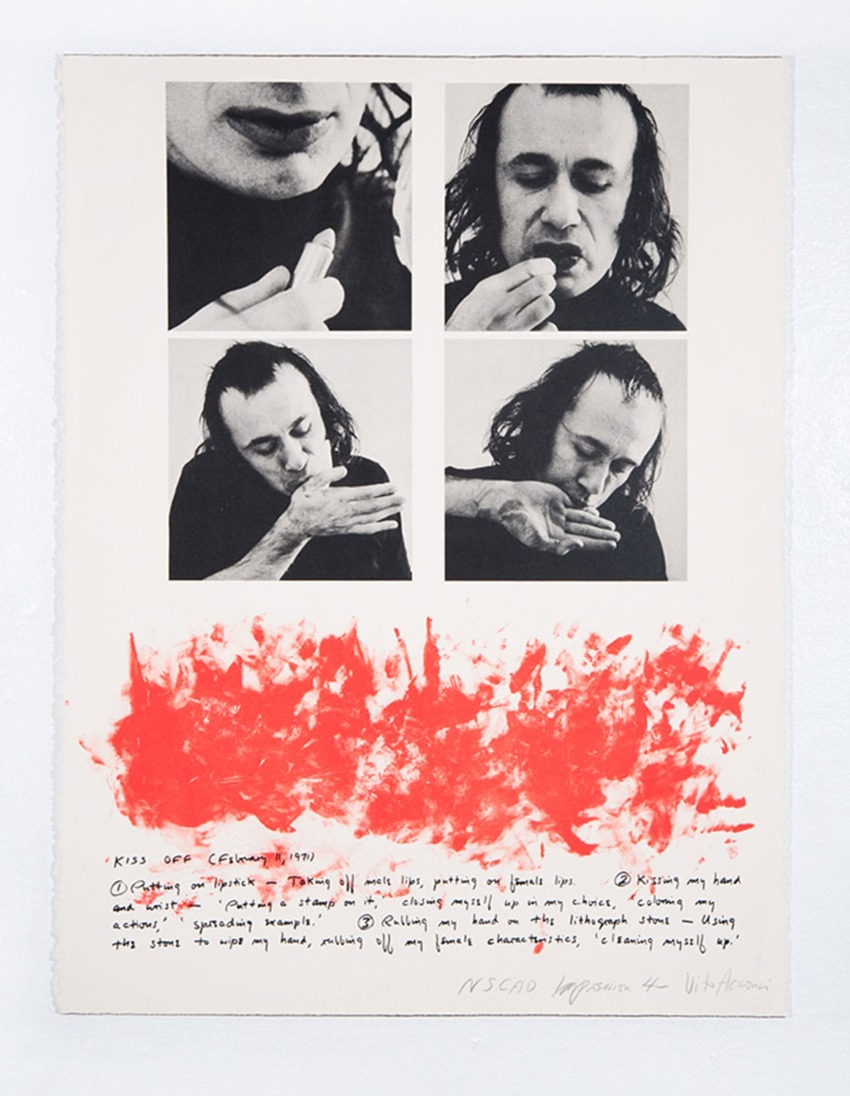
“There are only few things that are timeless and do not really change like a kiss. A kiss is, as Bogart reminded us in Casablanca, just a kiss. You can’t change it really in any substantial way. If you try to French kiss someone inside his or her nose, it is not a kiss anymore,” Bonami tells Galerie in an email interview on the habitual rituals of kissing, “I think kissing became political as anything else in 1968, but it’s still a political act since in many countries kissing in a public space is a crime. It is a political act because of its intimacy; it represent the power of two people defying power with a very simple gesture. It is both sexual and not, since, unlike any other sexual act, kissing can be performed in public.”
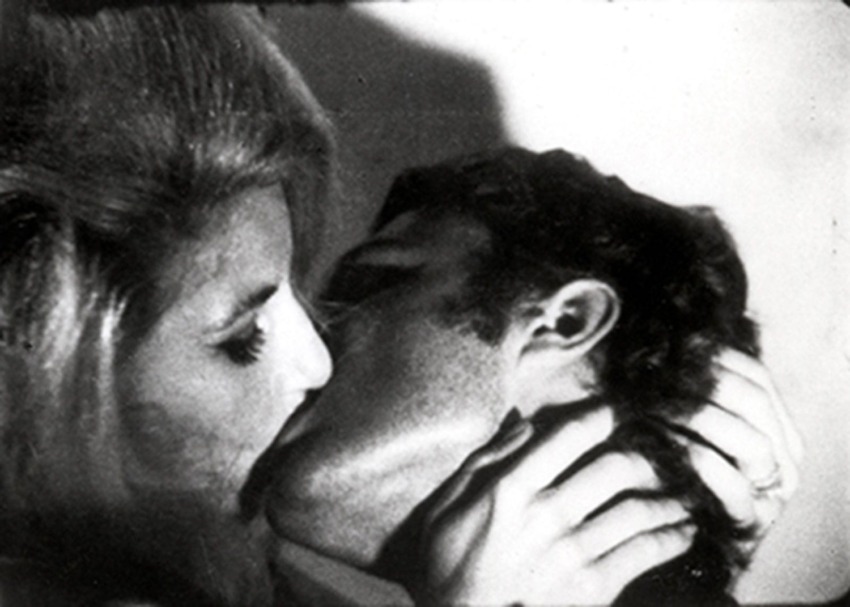
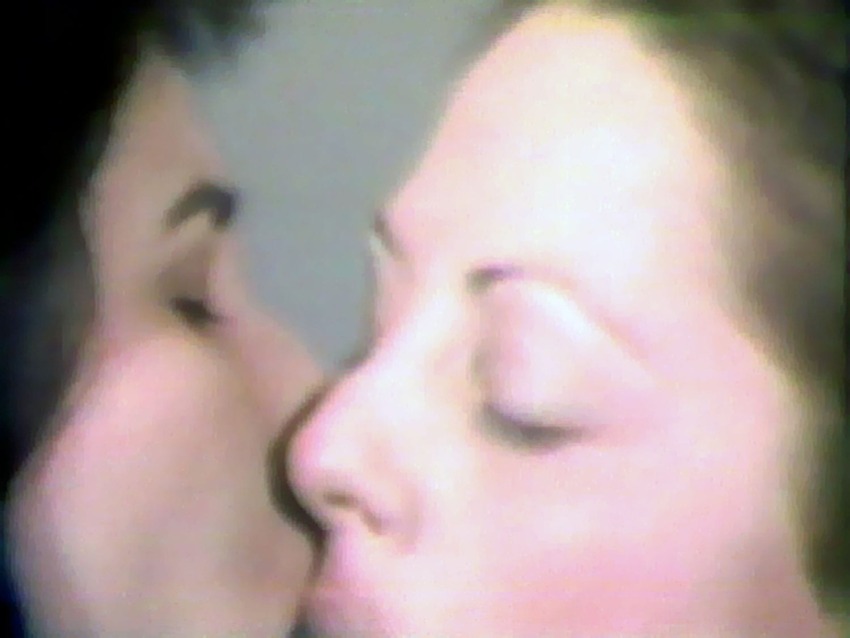
The politics of kissing prevail on the second floor installation, where four iconic video works orchestrate an intergenerational and cross-referential examination of two people locking lips. The pioneer in this category is Andy Warhol’s memorable Kiss, 1963, in which various same-sex or heterosexual couples fervently kiss, flirting with each other and with the camera. The black-and-white footage Warhol shot through his signature nonchalant lens combines the rawness of human interaction with the politics of its time when the body and sexuality determined national debates.
Lynda Benglis’ Female Sensibility, which materialized a decade following Warhol’s picture, furthers the discourse on female body and public consciousness. The endearment and intimacy between two women adopts a deeper political tone with the soundtrack that features bland morning radio discussions between men around mundane topics. Marina Abramović and Ulay’s Breathing In/Breathing Out, 1977, and Patty Chang’s referential work Untitled (for Abramović, Love Cocteau), 2000, strip kissing from its emotional state and re-introduce it as an equally transcendental and bizarre gesture, a tool to provoke social dynamics, the human body, and the art world.
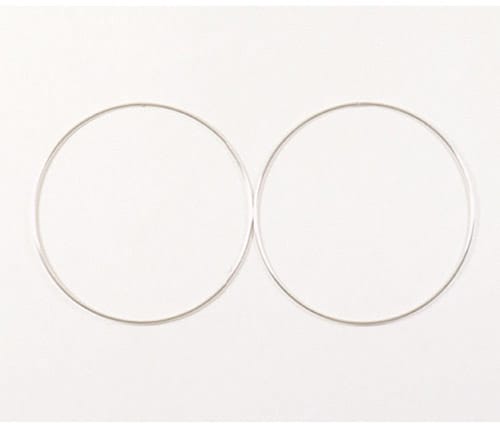
Arguably, the most exceptional selection is a simple work comprising two adjacent pieces of brass by the late Felix Gonzalez-Torres, a solemn ode to yearning and intimacy in the most tender way.
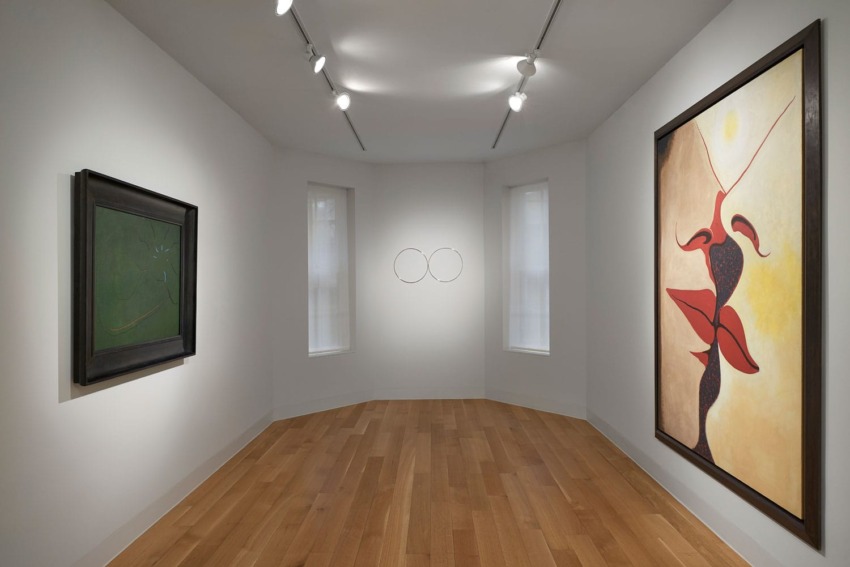
“The first kiss is more important than the first sexual intercourse, because a kiss is totally about equality, it is neither about one person overpowering another as it can be in the sexual act, nor about one person allowing another to enter his or her body.” The show is rounded out with a series of illustrious paintings by such artists as Man Ray, Elizabeth Peyton and Francis Picabia that celebrate the pure sensuality of these romantic encounters. “Two people kissing consensually is the most powerful symbol of justice,” says Bonami.
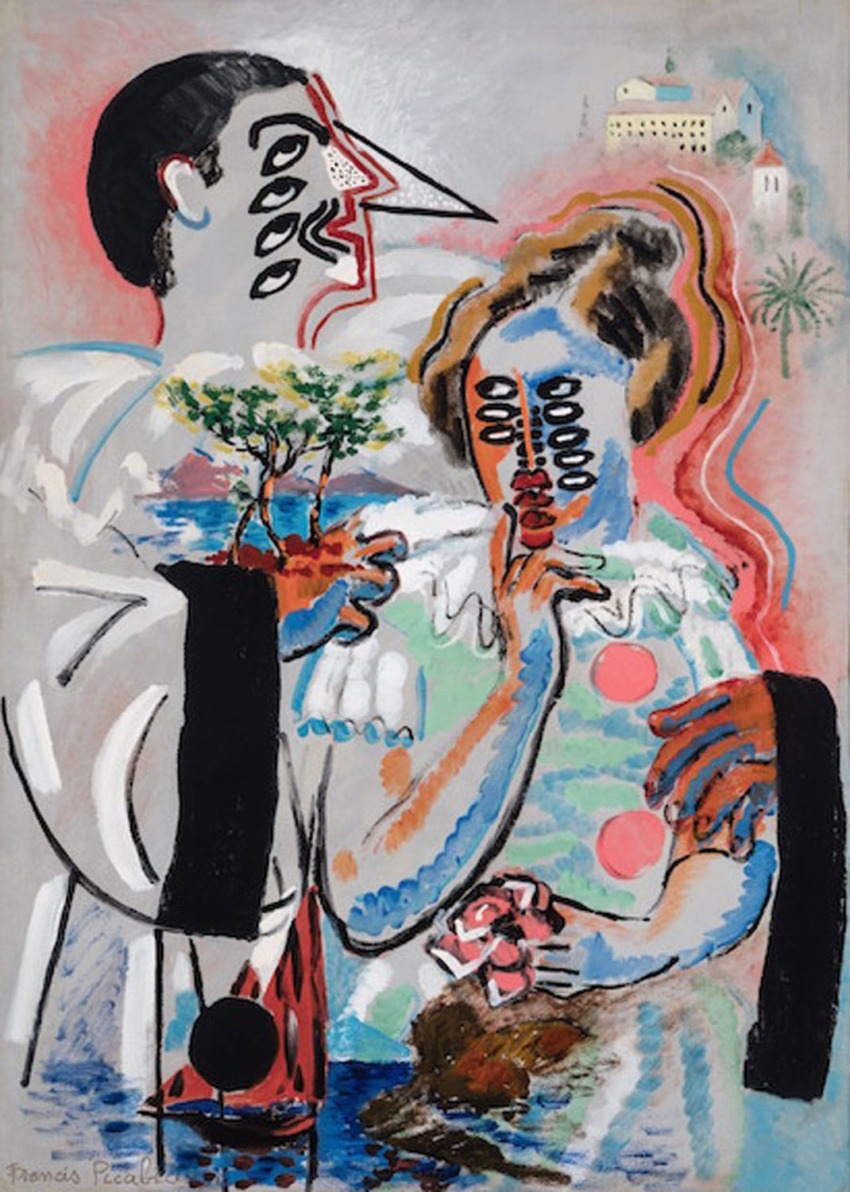
“Kiss Off” is on view at Luxembourg & Dayan, 64 East 77th St., New York City, until April 14, 2018.